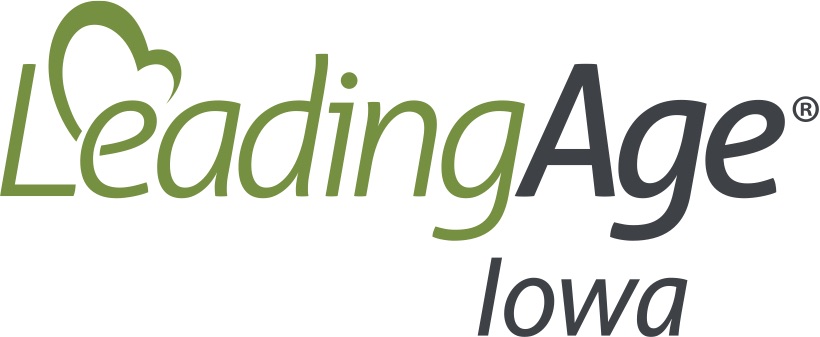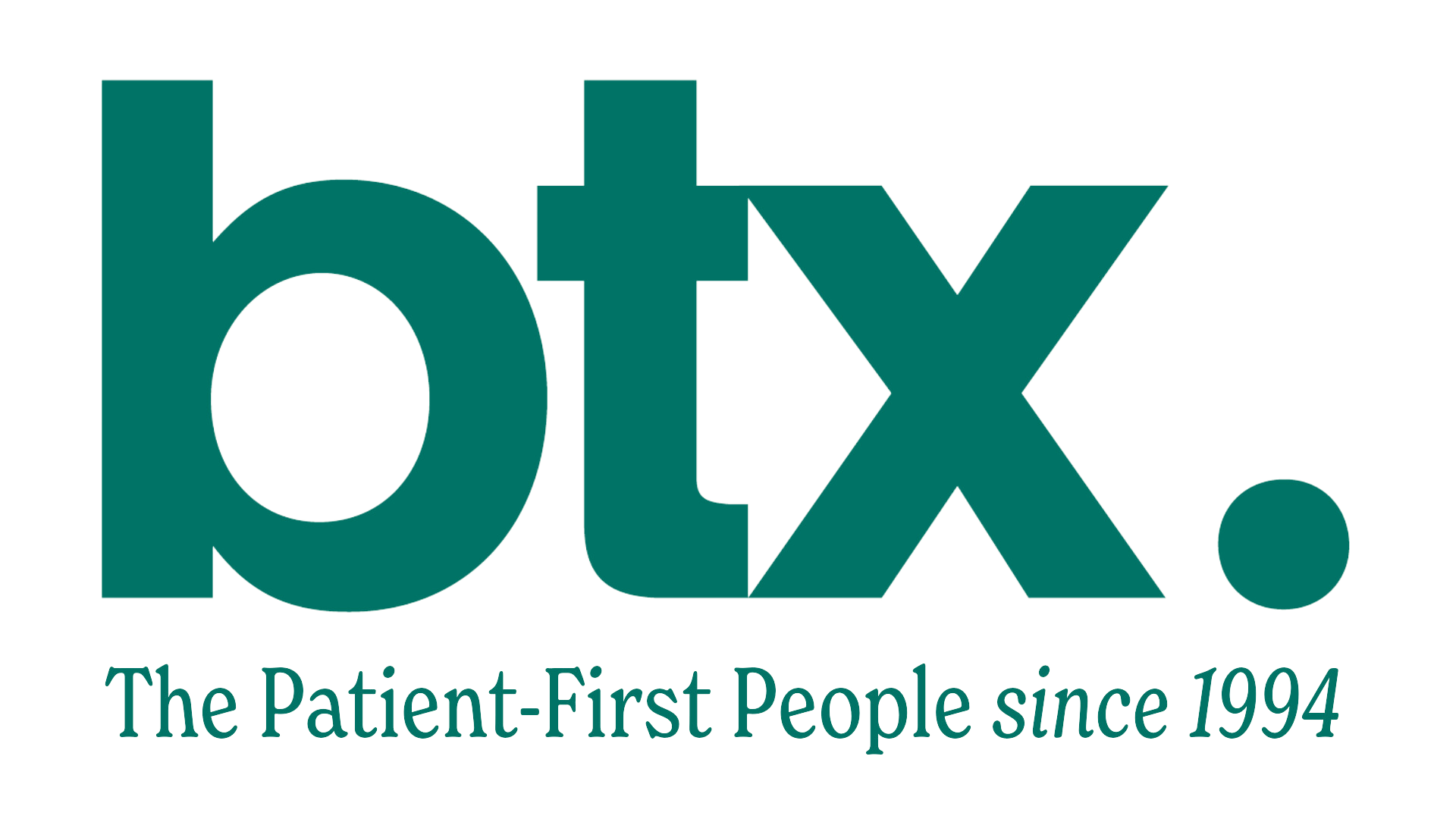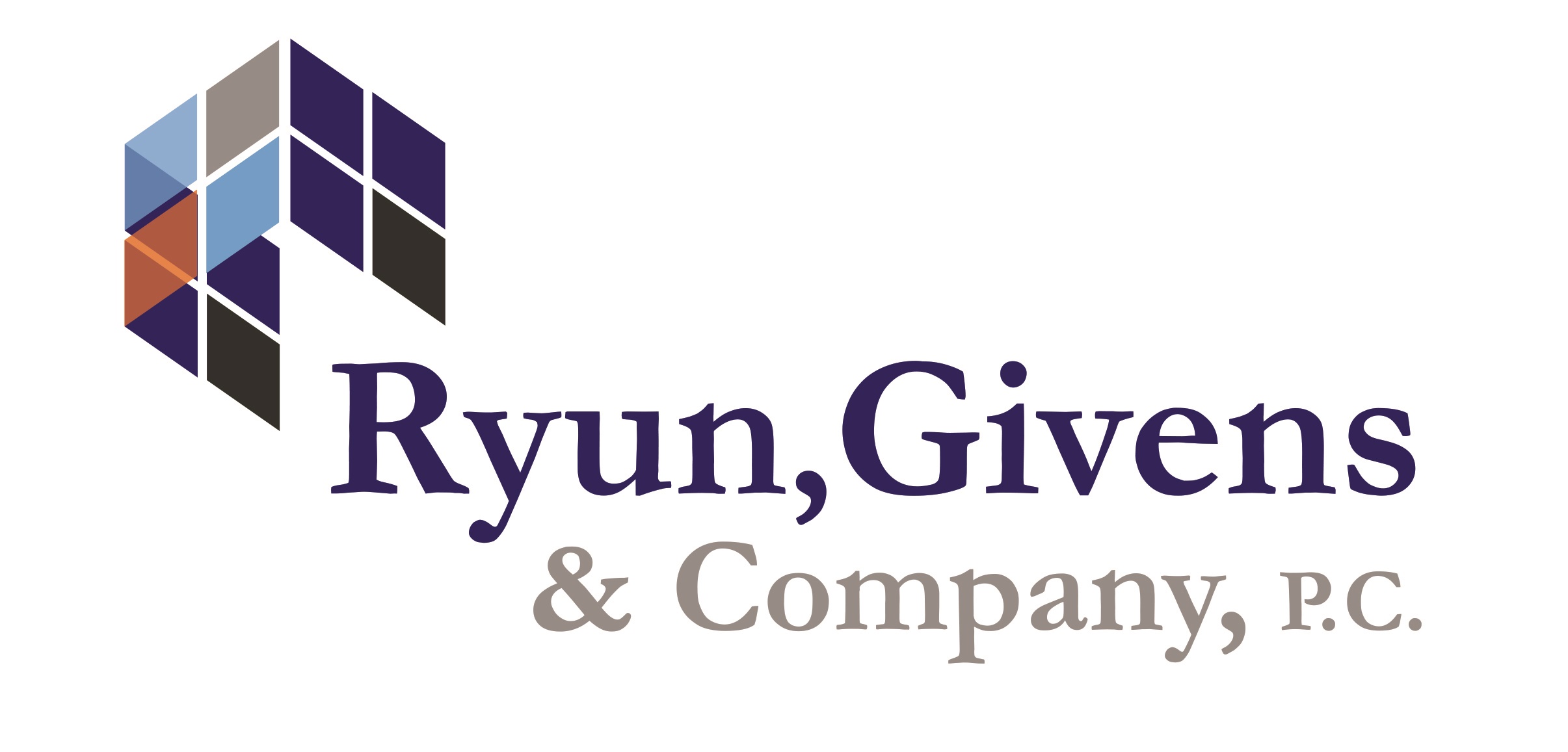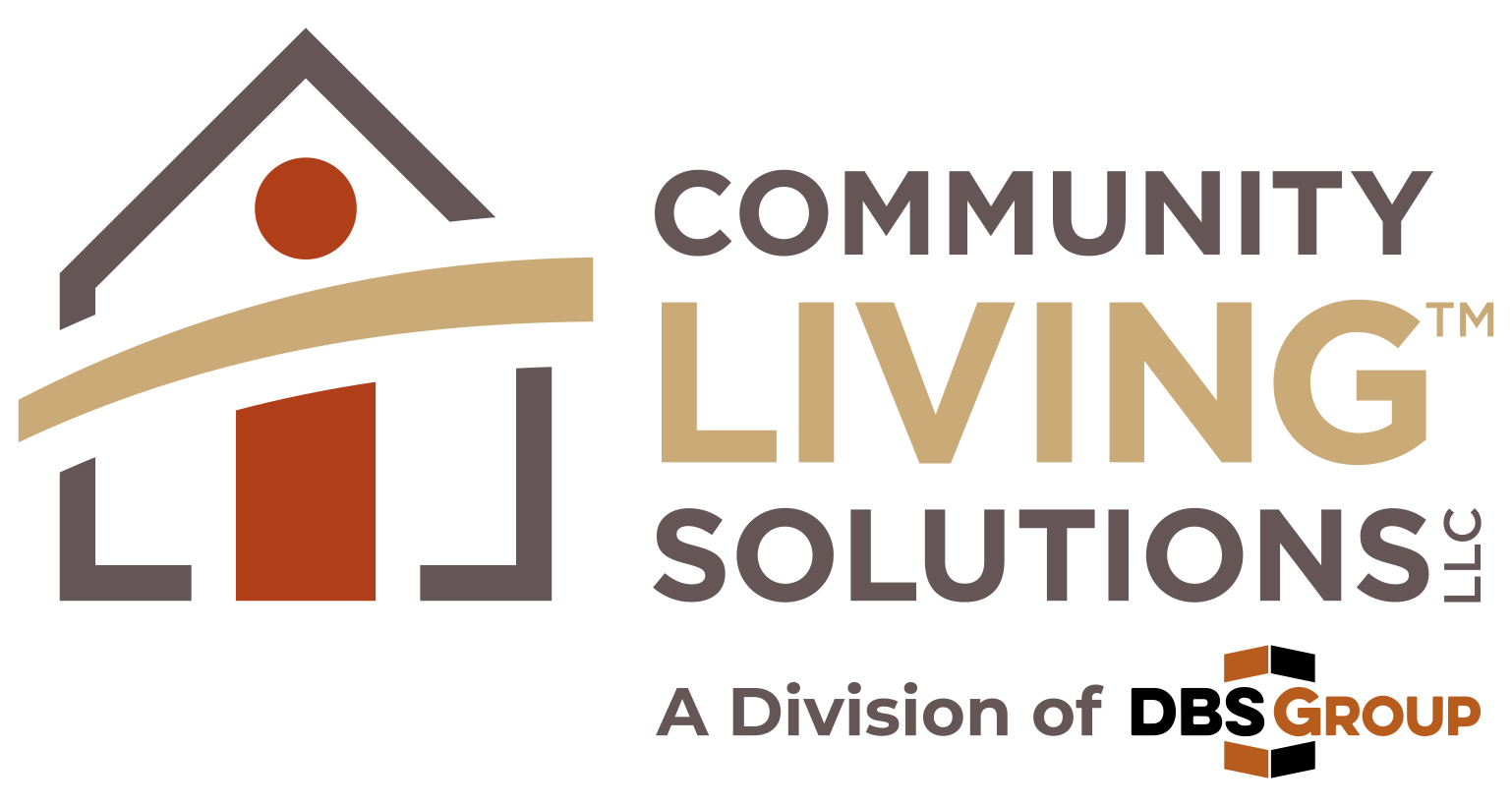|
CMS Releases QSO Memo Requiring Enhanced Barrier Precautions On March 20, the Centers for Medicare and Medicaid Services (CMS) released QSO-24-08-NH on Enhanced Barrier Precautions (EBP) in Nursing Homes. In July 2022, the Centers for Disease Control and Prevention (CDC) released updated EBP recommendations for Implementation of PPE Use in Nursing Homes to Prevent Spread of MDROs which encouraged nursing homes to establish EBP, however, it has not been required. Effective April 1, 2024, CMS will include processes for surveying nursing home compliance with CDC’s recommendations for EBP. The interpretative guidance in Appendix PP within the State Operations Manual for F880 will be updated to include the following information on EBP. Enhanced Barrier Precautions (EBP) refers to an infection control intervention designed to reduce transmission of multidrug resistant organisms that employs targeted gown and glove use during high contact resident care activities. EBP must be used in conjunction with standard precautions to expand the use of PPE to donning gowns and gloves during high-contact resident care activities that provide opportunities for transfer of Multi-Drug Resistant Organisms (MDROs) to staff hands and clothing. EBP are indicated for residents with the following:
The QSO memo includes a table which outlines the resident’s status and when contact precautions or EBP should be used. For example, in cases where the resident is infected or colonized with any MDRO and has secretions or excretions that are unable to be covered the nursing home would use contact precautions instead of EBP. High-contact resident care activities include:
Residents are not restricted to their rooms or limited from participation in group activities when in EBP. Discontinuation of EBP can occur when the wound is resolved/healed or upon removal of the indwelling medical device that placed them at higher risk. Nursing homes can choose how to communicate to staff which residents require the use of EBP. CMS encouraged nursing homes to consider creative or subtle ways to alert staff when EBP use is necessary to help maintain a home-like environment, as long as staff are aware which residents require the use of EBP during high-contact care activities. PPE and alcohol-based hand rub (ABHR) must be readily accessible to staff with discretion in the placement of supplies such as near or outside the resident’s room. The PPE may not need to be donned prior to entering the resident’s room. For example, when staff are answering the resident’s call light, staff are able to answer the call light and converse with the resident without donning PPE. Surveyors are expected to evaluate the use of EBP when reviewing sampled residents for whom EBP are indicated and focus their evaluations of EBP use as it relates to CDC-targeted MDROs. CMS notes that surveyor resources will be uploaded to the CMS Nursing Home website and downloaded into survey systems when available. As of March 20, these resources have not been updated. LeadingAge is also developing a policy template which will be included on the LAI website when available for members to use. CDC also has resources available which may be helpful while training staff on the use of EBP:
|













